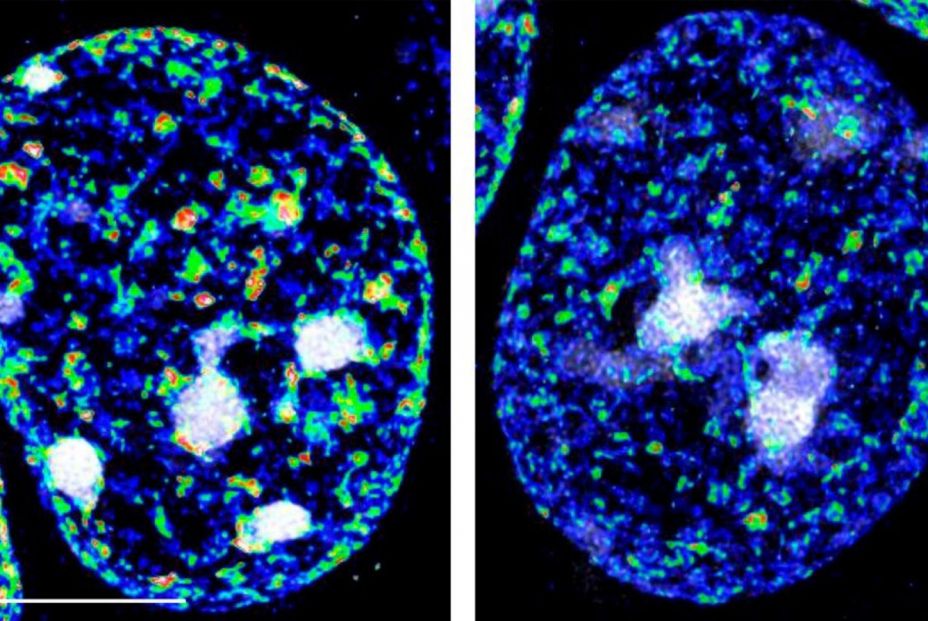A team from the Institute of Neurosciences (IN), of the Mixed Center of the Higher Council for Scientific Research (CSIC) and the Miguel Hernández University (UMH) has identified in mice a mechanism that protects identity of neurons: two enzymesproteins that act as a biological tool that accelerates chemical reactions in the body and interact to work as “authentic epigenetic guardians.”
Its function is Silence the genes that do not correspond to neurons and keep only the appropriate genetic instructions active. To carry out this study, published in the magazine Cell Reportsthe in the Laboratory team used a Mouse model in which they simultaneously eliminated the genes that express the KDM1A and KDM5C enzymes In adult brain neurons.
This allowed them to study What happens when you lose This epigenetic control in mature neurons, and not only during its development. The Epigenetics It is a branch of biology that studies how certain factors can turn on or off genes without changing the DNA, according to the CSIC in a statement.
“The surprising thing is that the joint action of these two enzymes goes beyond the sum of their individual effects. When both fail, neurons begin to express genes that do not correspond to negative consequences for the memorythe Learning capacity and the Anxiety regulation of the animal, “said Ángel Barco, director of the laboratory that leads the study.
Through a “multidisciplinary approach”, the research team observed that The loss of both enzymes “deeply alters” the epigenetic landscape of the neuron. Numerous genome regions accumulated an epigenetic brand associated with active genes in areas that should remain inactive.
In addition, they detected a “disorganization“In the three -dimensional structure of the neuronal genome. These changes translate into alterations in the physiology of neurons, such as a greater excitability“that have a negative impact on the behavior and cognitive abilities of mice.”

“Advance”
These results are an “advance” to understand the Origin of neurological disorders associated with intellectual disability caused by mutations in epigenetic regulators. “Understand how these enzymes interact not only helps us decipher the biology of neurons, but also to identify possible mechanisms involved in neurological diseases,” said Juan Paraíso Luna, postdoctoral researcher at the IN and Coprimer author of the article.
This study complements previous works of the same laboratory, which “had already demonstrated” the “relevance” of each of these enzymes separately. On the one hand, KDM1Aessential for Preserve the three -dimensional organization of genome and Prevent its deterioration associated with aging, and, on the other, KDM5Cnecessary for Avoid erroneous transcripts and refine the response of neurons to stimuli. The novelty is that both proteins cooperate to preserve the neuronal identity.
“The Mutations in genes of KDM1A and KDM5C have been associated in humans with intellectual disability And other neurological disorders, so this work opens a window to new research that can help us deepen the origin of certain brain diseases, “said Barco.
This work has been possible thanks to the collaboration With the professor of the Physiology Area of the UMH Emilio Geijo and the financing of the Mararató de TV3, the State Research Agency, the Generalitat Valenciana and the La Caixa Foundation.


